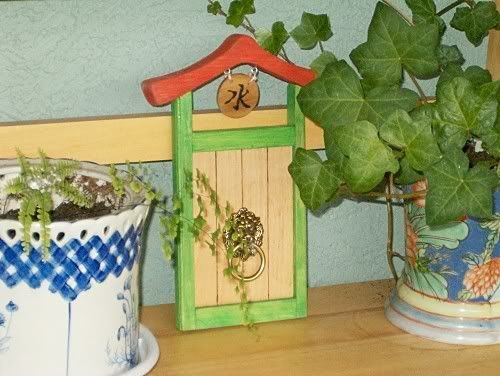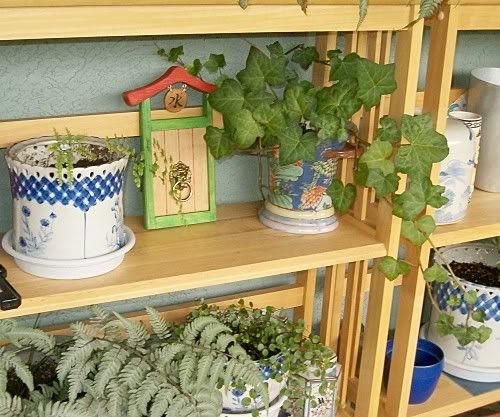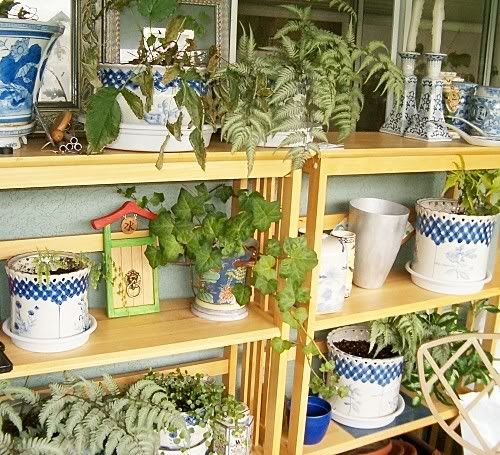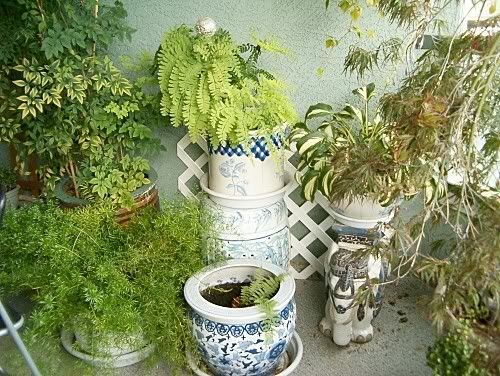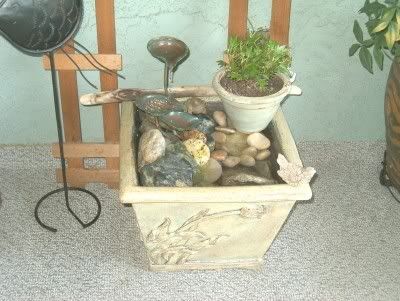There are several scales that are used by gemologists to determine hardness, durability or the scratch resistance of gemstones.
The one that is most widely recognized is the Moh scale, which is really a table that indicates the scratch resistance of gemstones.
A German minerologist by the name of Friedrich Moh developed a scale in 1822 to compare the scratch resistance of gemstones.
It has become universally known as Moh's scale, with Diamond being a 10 or the most scratch resistant to Talc at a 1, which is the least scratch resistant.
I bring this up because most gemstones are enhanced in one way or another to increase durability, reduce scratch resistance or improve the look of the stone, or to even create a new look. For example, Carnelian can be Heat treated to produce that dark, rich reddish-orange color as found in some of the beads pictured below.

Generally, high scratch resistance is desirable for gemstones, and a Moh's hardness of 7 or higher is important. The principal reason is that a common cause of abrasion is sand, which is silica grit (quartz), and is commonly present in dust. Stones which are softer than quartz are not suitable for everyday use as facetted jewelry gemstones, particularly in rings. Some gems, such as Pearls, Coral, Turquoise, Lapis Lazuli, Amber, and Opal are quite soft, but are usually polished into cabochons or beads, rather than facetted, and therefore do not show scratches so easily. All these gemstones have been successfully used in jewelry for many centuries.
Most gemstones used in jewelry have been treated to improve their appearance. Treated gemstones can be a good choice when you know what you are buying and pay a price that reflects a stone's true quality. There are Industry Standards that indicate the type of enhancement and whether they are permanent or not. You’ll probably come across the phrase “enhanced as per Industry Standards”. So don’t be worried if the gemstones in your piece of jewelry have been enhanced. Sometimes enhancement can make a gemstone more valuable.
Two of the gemstones that I would like to discuss that are usually enhanced are Turquoise (a mineral gemstone) and Coral (an organic gemstone) which are consistently at the top of the list for the most popular gemstones and they are always in fashion. Another term that you will hear is Stabilization, or that a stone has been stabilized and it is usually used with stones that are less than a 7 of the Moh’s scale. This is especially true with Turquoise and Coral.
Turquoise
Turquoise is an opaque, light to dark blue or blue-green gem. It can also have a distinct yellow or limey green tone as seen in Chinese Turquoise. The finest color is an intense blue. Turquoise may contain narrow veins of other materials either isolated or as a network. They are usually black, brown, or yellowish-brown in color. Known as the matrix, these veins of color are sometimes in the form of an intricate pattern, called a spider web. The stone ranges from soft/somewhat porous to hard. The hard Turquoise is compact and wears well and is never enhanced and is found in the most expensive pieces of Turquoise jewelry.
Turquoise is mined all over the world, but a great deal comes from the West and
Southwest United States.
Natural turquoise is often too unstable to be used in jewelry so it is often subjected to a stabilizing treatment that soaks in various binders such as polymers to add strength. This is a common trade practice and in my opinion should not prevent a person from buying specimens or jewelry containing stabilized turquoise. Be aware of simulated turquoise, and so-called reconstituted turquoise.

Simulated Turquoise is generally the mineral Howelite which is dyed to emulate real Turquoise.

You can see from the pictures that Howelite has a similar matrix as Turquoise and once dyed it’s difficult to distinguish from natural turquoise if you’re not familiar with the stone. Personally, I purchase my stock from Dealers that mark very clearly whether a product has been enhanced and they follow the Industry Standard Guide faithfully. I never use dyed Howelite in my jewelry. When in doubt, ask!
Reconstituted turquoise is crushed up turquoise that has a binder applied, then reformed in to blocks which are cut in to gemstone shapes of carved in to figurines etc. The dealer should tell you if you are buying reconstituted turquoise, it should not cost as much as natural or natural stabilized items. This type of Turquoise can still make lovely pieces of jewelry at a much more affordable price. Even dyed Howelite can make some fun and fashionable jewelry…just know what you’re getting.
Special care is required for turquoise regardless of whether or not it is enhanced. A porous gem, turquoise can absorb anything it touches. Avoid contact with cosmetics, perfumes, skin oil, acids, and other chemicals. Avoid dehydrating it or exposing it to heat. Your jeweler will tell you how to best care for your natural gemstone.
I sell lovely Turquoise Bracelets, Earrings and Necklaces in my store Dizzygirl ~ Unique Artisan Jewelry . You can also find unique Turquoise pieces at Dizzygirl Jewelry.com.
Find books, toys, clothing, jewelry, beads, pottery and collectibles at the Circle of Stores.




